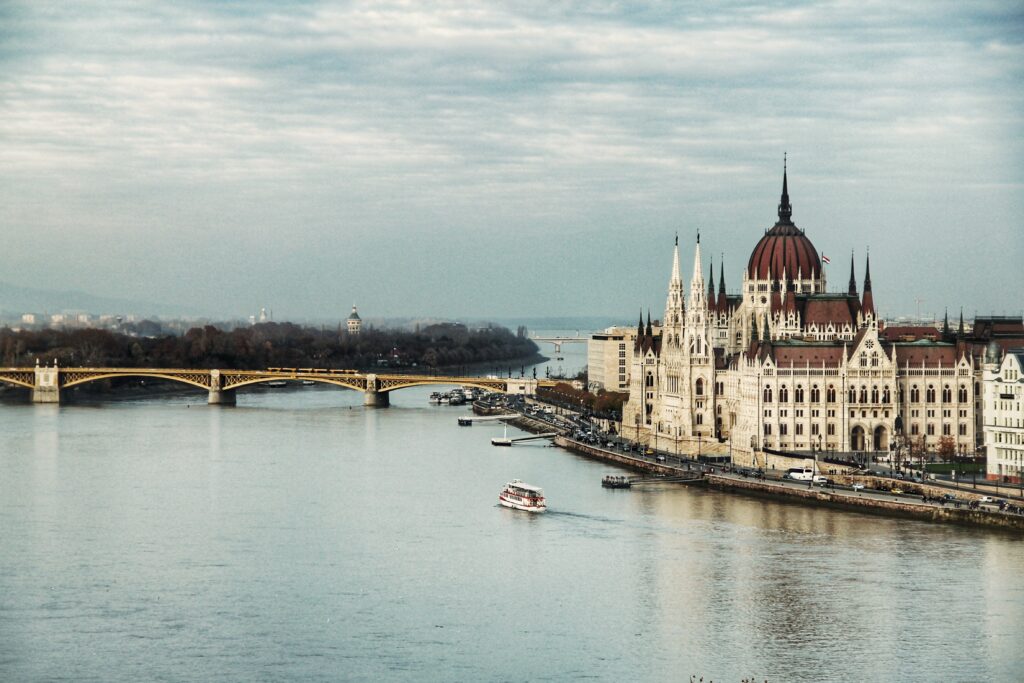
After the fall of communism, Budapest teemed with underground nightclubs and quirky bars that captured the hearts of a newly liberated creative community. The intoxicating bohemian spirit that defined the Hungarian capital in the 1990s and 2000s, although far more muted these days, coexists with a decidedly slick, contemporary aura.
Where to Stay:
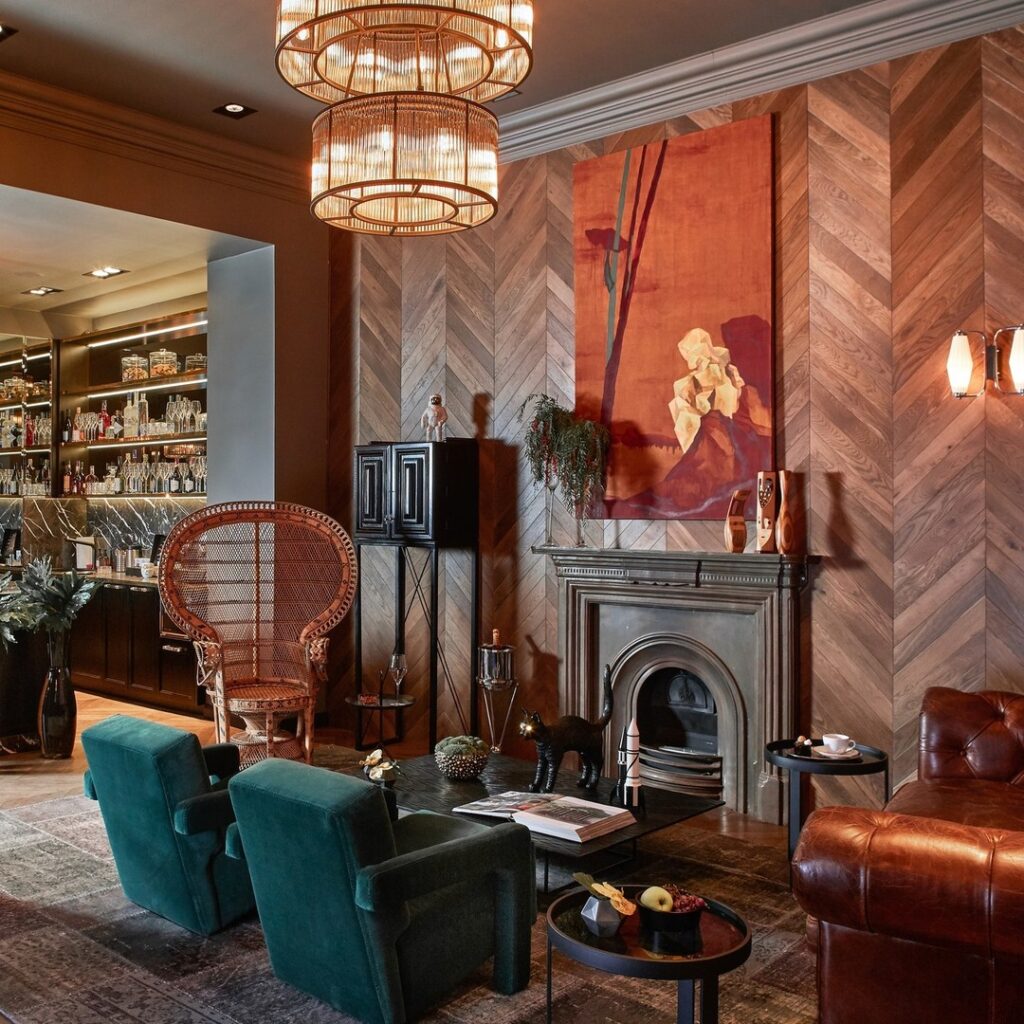
Hotel Collect
The 16-room Hotel Collect overlooks the romantic Károlyi-kert, the city’s oldest garden.This central District V property melds gilded touches with vivid jolts of purple, emerald, and mustard. A hushed, residential allure also permeates the leafy, wicker chair-strewn courtyard enveloped in black and white Moroccan tiles. Aperitifs can be savored on one of the tufted red stools in the salon-esque lobby’s bar.
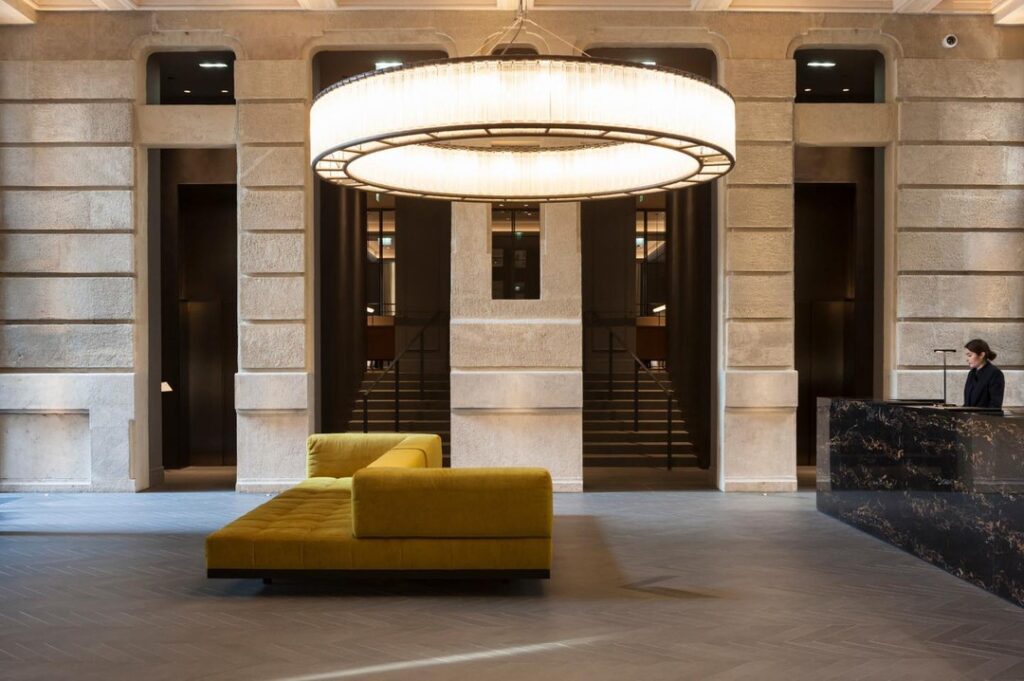
Kozmo Hotel Suites & Spa
Housed in a former 20th-century telecommunications hub on a stretch of District VIII that has rapidly transformed from gritty to luxe, Kozmo Hotel Suites & Spa is awash in original details like a dramatic staircase and decorative ceiling panels. Barcelona’s GCA Architects balanced that regal history with 84 elegant yet restrained guestrooms that mix pared-back hues with sleek armoire-style minibars and monochrome photography. Plus, the hotel’s Spa by Valmont showcases a slim, heated pool.
Where to Eat:
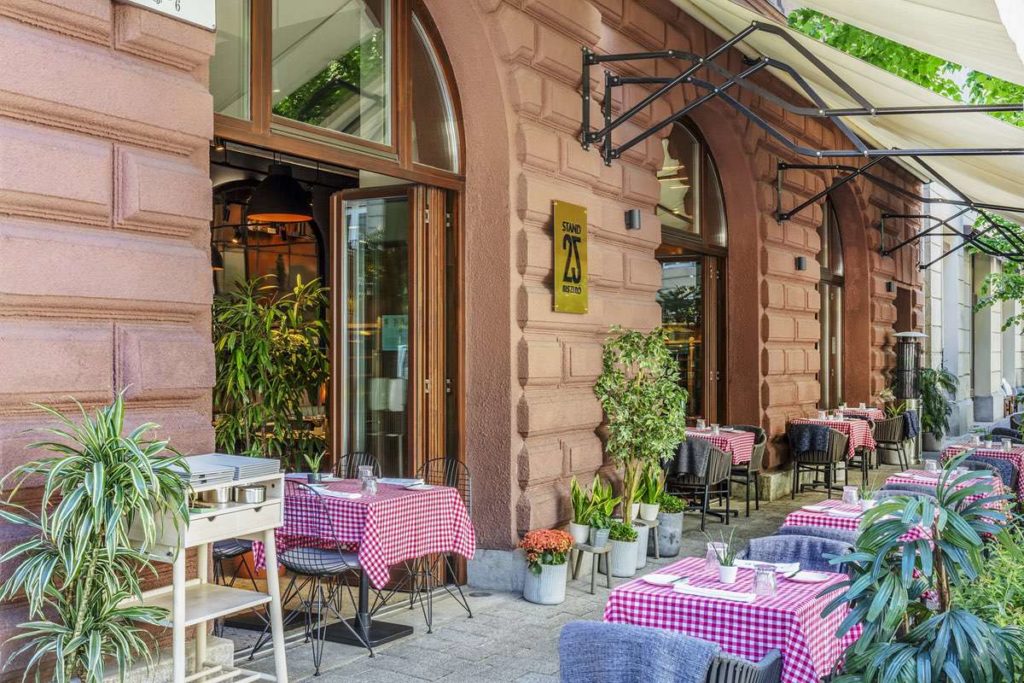
Stand 25 Bisztró
Eight-course tasting menus are the star of Stand, Tamás Széll and Szabina Szulló’s fine dining destination in Pest. But at Stand 25 in Buda—an ideal stop following explorations in the nearby Castle District—refined Hungarian dishes are served in a more relaxed ambiance. After a divine rendition of beef tartare, let the carnivorous streak continue with meatloaf made from Mangalica (a breed of pig native to Hungary) or the tender Brassói-style pork tenderloin with roasted potatoes before tackling the must-order túrógombóc. These pillowy cottage cheese dumplings, among the city’s best versions of a Hungarian favorite, are accompanied by sour cherry and an equally tangy sour cream foam.
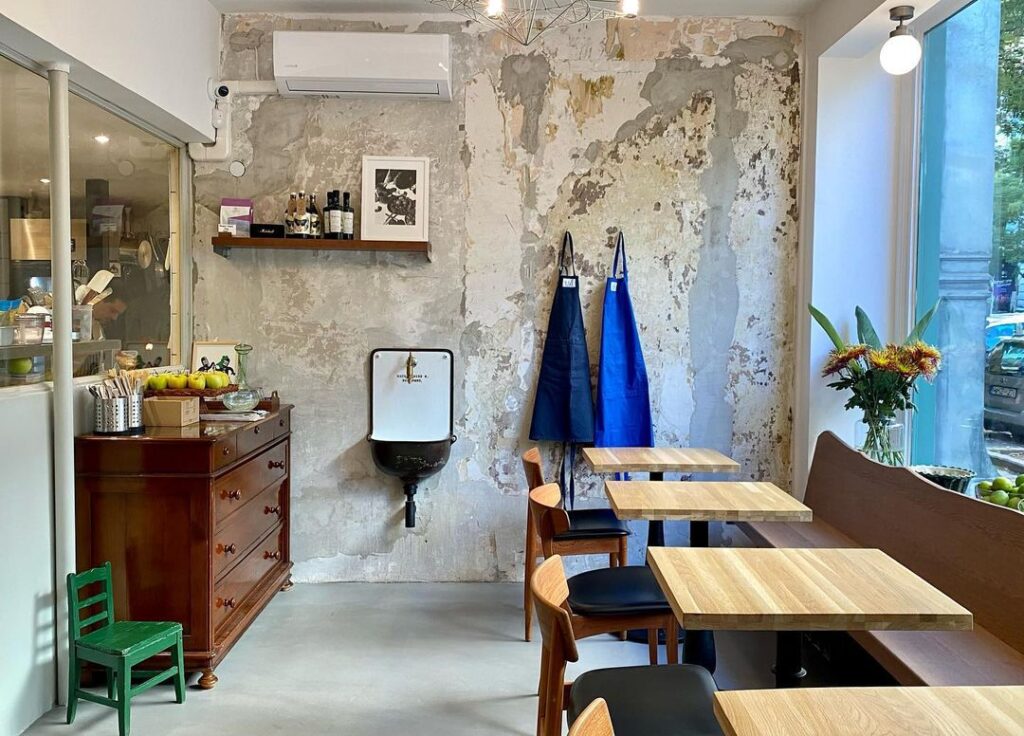
Lui
Close to essential Budapest sites like the Hungarian Parliament Building and Ödön Lechner’s Postal Savings Bank, Lui is a dreamy spot to kick off a day of sightseeing. Natural light streams through the storefront, bouncing off attractively weathered walls, and the bowls of lemons and limes on display add a homey touch. Among the exemplary baked goods is a plump, seemingly always fresh out of the oven cinnamon roll, as well as a flakey pain au chocolat that rivals those found in a Parisian boulangerie and a riff on the classic, custardy Hungarian dessert krémes.
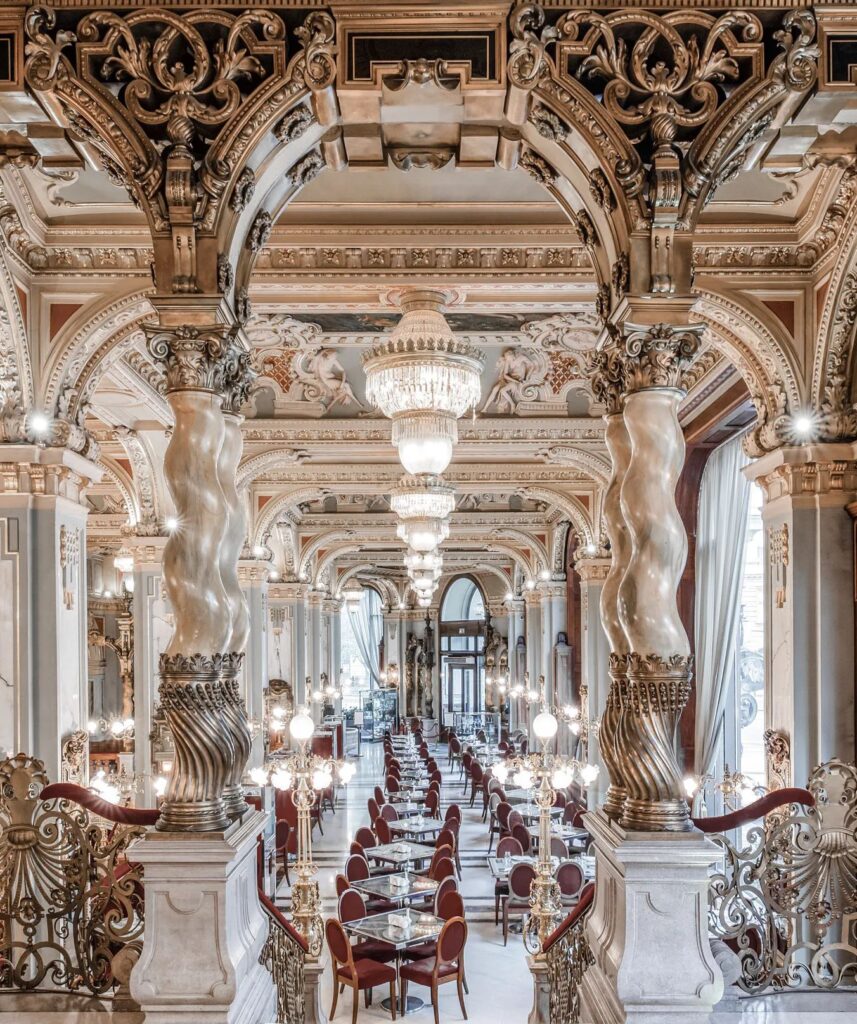
New York Café
Dubbed “The Most Beautiful Café in the World,” New York Café serves delicious bites and libations in a dreamy setting.
Where to Drink:
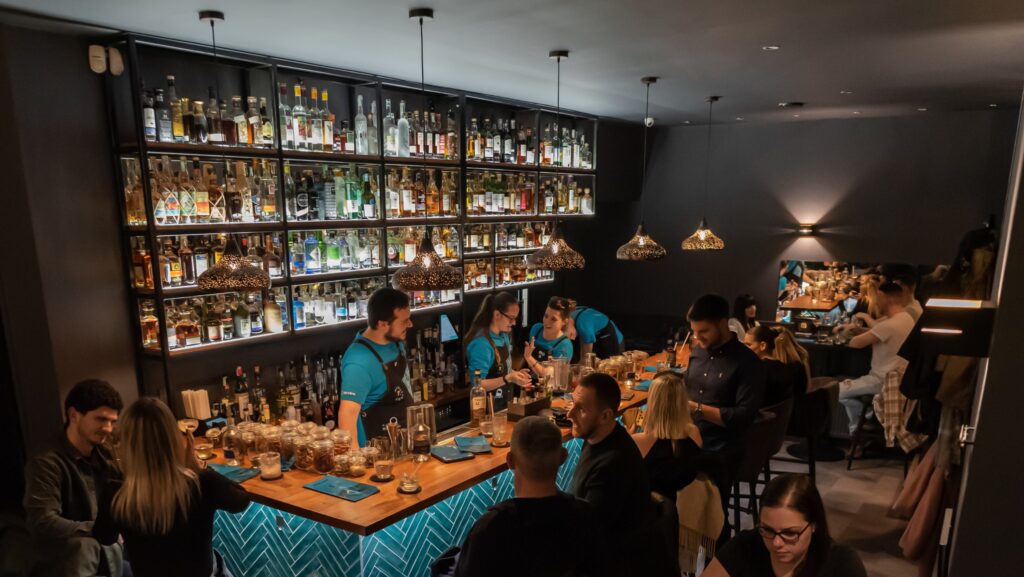
Seven Cocktail Bar
In District VII, the raucous party atmosphere is slowly fading thanks to the arrival of classy establishments like teal-hued Seven, a cocktail bar from the team behind the small-batch Seven Hills Distillery in Tokaj-Hegyalja. It’s run by the affable Richárd Kormos, who oversees a lineup of intriguing concoctions, including a Seven Hills gin Espresso Martini brightened with English breakfast tea syrup and the Fujisan, a Manhattan variation pairing Japanese whisky with algae- and date-infused sake.
What to Do:
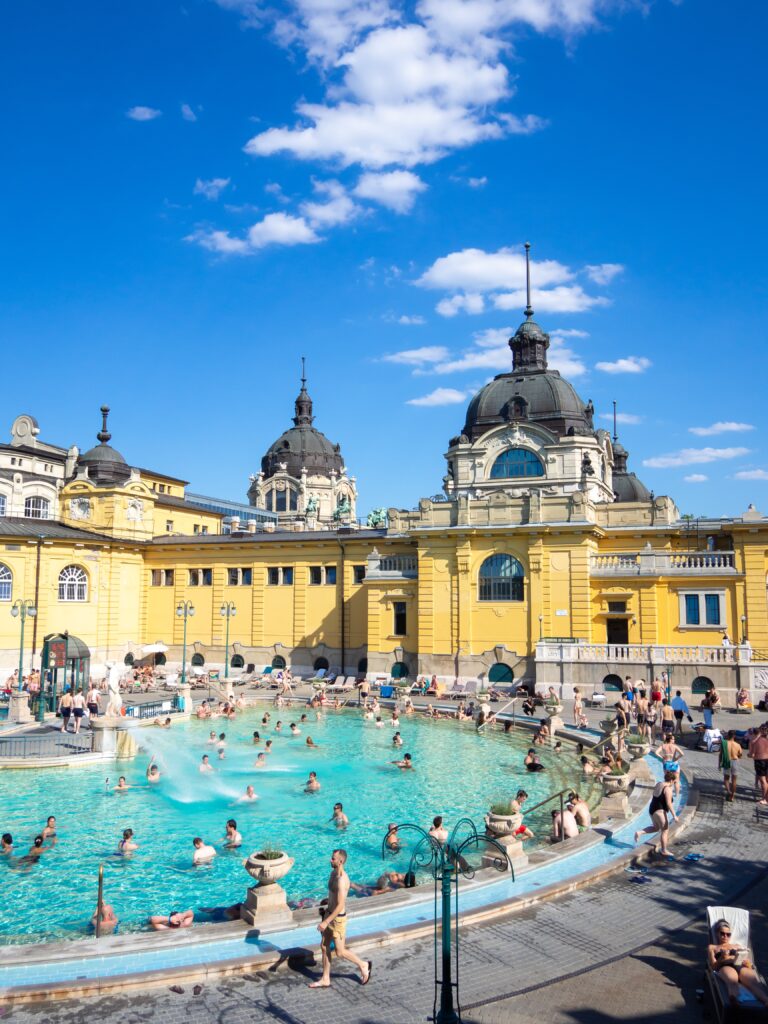
Széchenyi Thermal Bath
Budapest is known as “The City of Spas.” Initially built in 1913, one of the destination’s most famous staples is the Széchenyi Thermal Bath. Expect Neo-baroque architecture alongside Budapest’s deepest and warmest baths

Hungarian State Opera House
Last year, the neo-renaissance Hungarian State Opera House, a stately limestone-clad edifice completed by architect Miklós Ybl in 1884, emerged from a five-year renovation. Even if the schedule doesn’t allow for a night at the opera or ballet, do sign up for one of the guided tours to take in the marble foyer, Royal Staircase, and monumental chandelier descending from the theater’s fresco-adorned ceiling.
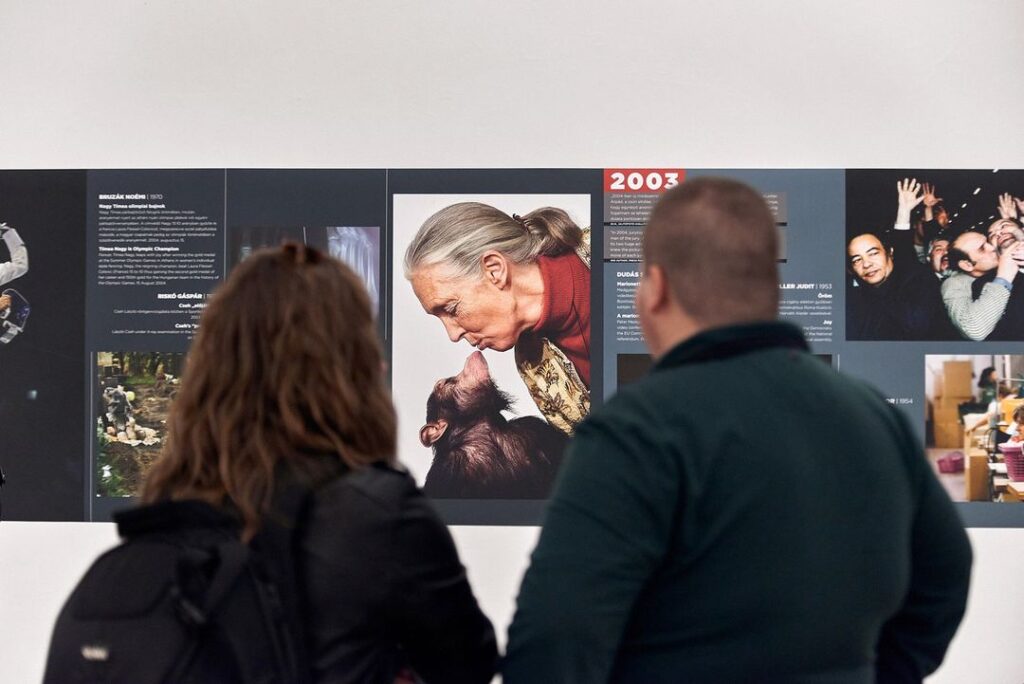
Robert Capa Contemporary Photography Center
Hungary has a rich photography legacy, and one of its key figures was Robert Capa, renowned for his depictions of combat. At the Robert Capa Contemporary Photography Center in District VI—just down the street from another gallery devoted to the genre, the Mai Manó Ház—there is a new permanent exhibition illuminating the late Capa’s oeuvre as a daring photojournalist through more than 100 images.
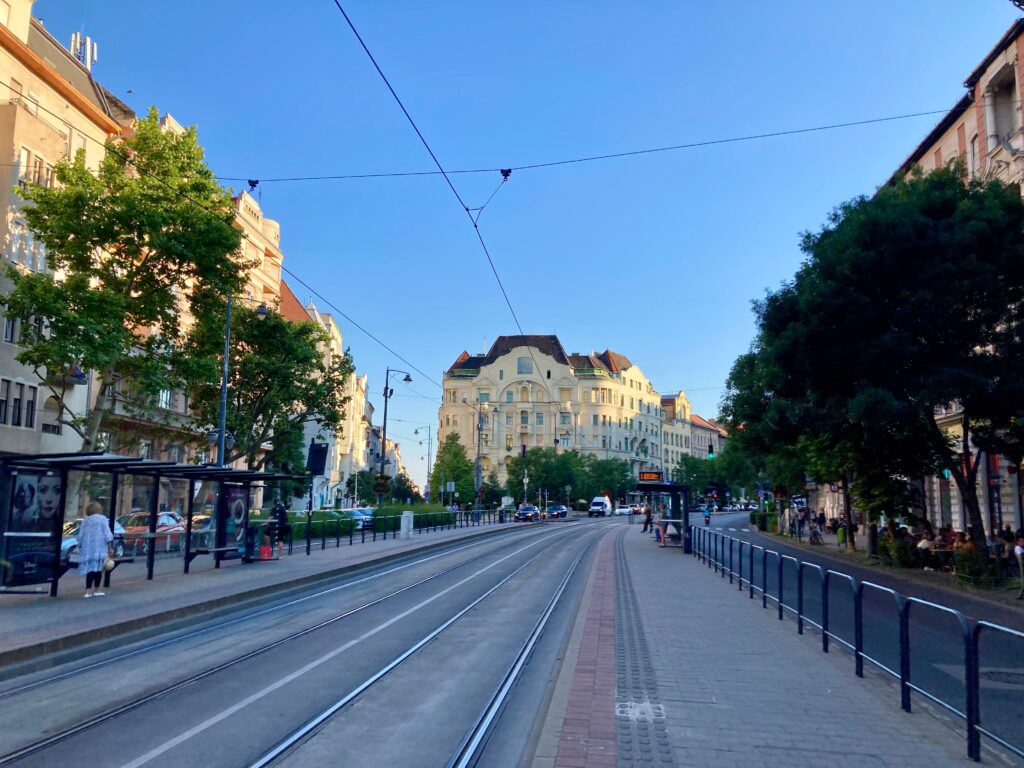
Neighborhood: District XI
For many first-timers in Budapest, the city’s Buda side adventures stop at Fisherman’s Bastion and Matthias Church, but that’s a shame. A truly soulful perspective of the city is gleaned from wandering District XI’s Bartók Béla út, for example. The boulevard, which beckons with animated terraces come summer, is home to the Vietnamese café Caphe by Hai Nam, where lunches revolve around Bánh mì baguettes and Bánh xèo stuffed rice flour pancakes, and the cozy, book-lined Kelet Kávézó és Galéria, always tempting with carrot cake and cultural programming. Drop by Faur Zsófi Galéria to become acquainted with some of today’s most thought-provoking talents, then settle into Béla for elderflower-cucumber lemonade and live jazz against a mélange of artwork and greenery.
Other articles you may like:


